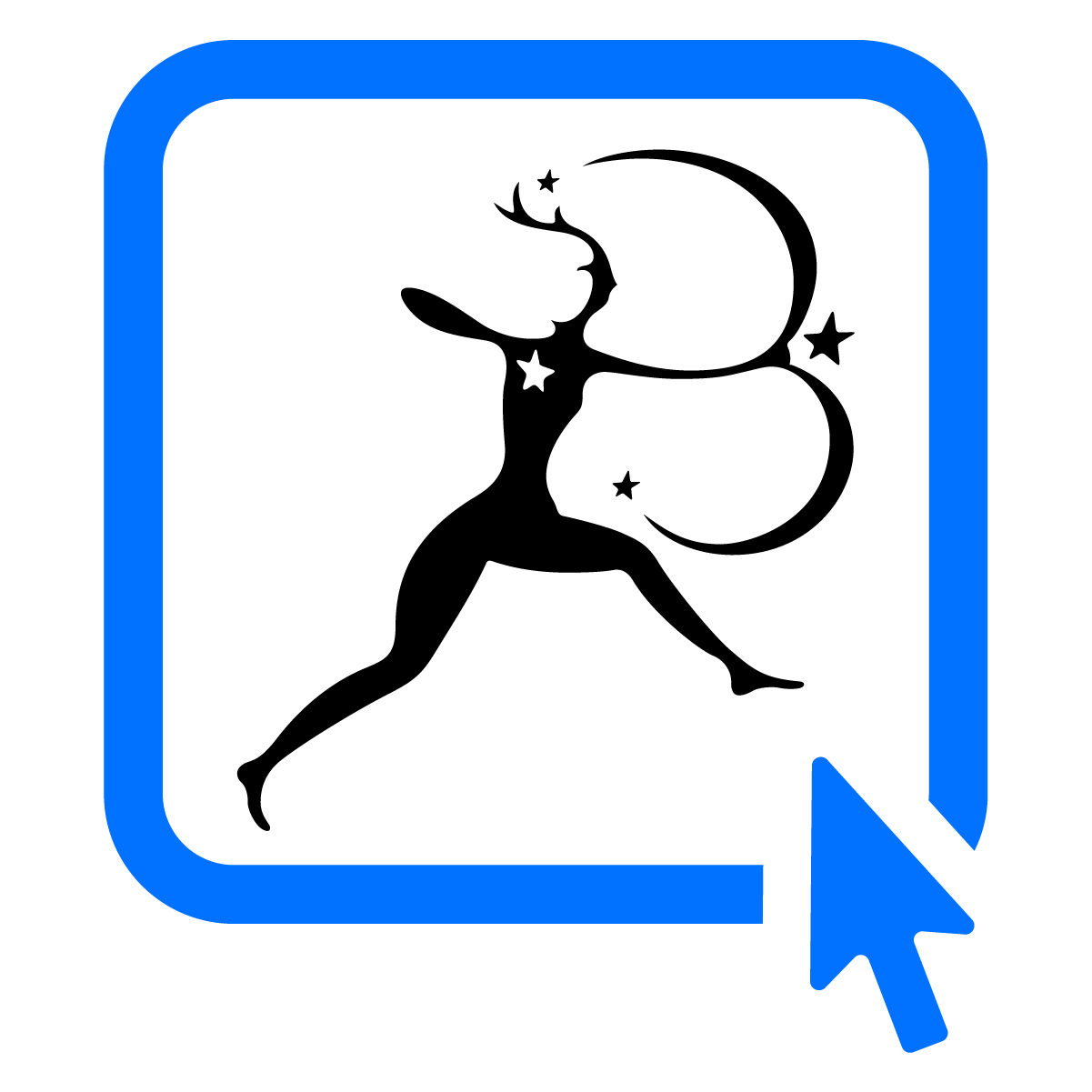- Home
- ACADEMIC
- Linguistics
- Stylistics
- Possible Worlds Theory and Readers' Emotional Responses to Literature
Possible Worlds Theory and Readers' Emotional Responses to Literature
Possible Worlds Theory and Readers' Emotional Responses to Literature
You must sign in to add this item to your wishlist. Please sign in or create an account
Description
This book develops a cognitive stylistic exploration of readers' emotional experiences of literature.
Adopting Possible Worlds Theory as a framework, the volume constructs a stylistic analysis of some of the ways in which novels elicit readers' emotions. A typology of past, present, and future textual actual and possible worlds is formulated to frame analysis of three novels: A Fine Balance by Rohinton Mistry, Revolutionary Road by Richard Yates, and The Trick Is to Keep Breathing by Janice Galloway. The author integrates close stylistic analysis with the use of empirical data drawn from reader interviews and online reader reviews. The analysis of these diverse 20th-century novels works to show the utility of the typology for analysis formulated for this book, as well as to demonstrate the value of incorporating empirical reader data in analysis of the ways in which novels may affect readers' emotions.
Table of Contents
1. Introduction
2. Possible Worlds Theory
3. The Study of Readers' Emotions
4. A Temporally Framed Typology for the Stylistic Analysis of Textual Actual and Possible Worlds and Readers' Emotions
5. Methodology
6. Sadness, Sympathy and Hope: Counterfactual Textual Worlds in A Fine Balance
7. Shock, Disapproval and Hopelessness: Future Textual Possible Worlds, Past Textual Actual Worlds and Past Textual Possible Worlds in A Fine Balance
8. Dislike, Anger, Doubt and Discomfort: Counterfactual Textual Worlds and Future Textual Possible Worlds in Revolutionary Road
9. Sympathy, Empathy and Sadness: Past Textual Actual Worlds and Past Textual Possible Worlds in Revolutionary Road
10. Empathy, Sympathy, Sadness and Claustrophobic Discomfort: The Current Textual Actual World in The Trick is to Keep Breathing
11. Concern, Frustration, Hope and Happiness: Future Textual Possible Worlds in The Trick is to Keep Breathing
12. Conclusion
References
Index
Product details

| Published | 18 Sep 2025 |
|---|---|
| Format | Ebook (PDF) |
| Edition | 1st |
| Extent | 240 |
| ISBN | 9781350428942 |
| Imprint | Bloomsbury Academic |
| Publisher | Bloomsbury Publishing |
About the contributors
Reviews
-
Advancing and bringing cognitive stylistics, possible worlds theory, and empirical literary studies into dialogue, Possible Worlds Theory and Readers' Emotional Responses to Literature offers innovative, compelling, and important contributions to our understanding of how fictional worlds are constructed as well as how readers cognitively process them.
Alice Bell, Professor of English Language and Literature, Sheffield Hallam University, UK
-
Mansworth richly and convincingly extends possible worlds theories into the exploration of emotion in literary reading. This book stands as compelling account of the emotional impact and long-lasting power of literary reading, and offers the crucial link that binds together the levels of world and style.
Peter Stockwell, Professor of Literary Linguistics, University of Nottingham, UK
-
Megan Mansworth provides a compelling exploration of how the emotions expressed by readers in response to novels may be partly explained by an application of Possible Worlds Theory that builds on earlier scholarly research. The book discusses a range of emotions elicited in three novels: A Fine Balance; Revolutionary Road; and The Trick is to Keep Breathing, and through a stylistic analysis, suggests that readers' emotional responses to narratives may be partly understood through the application of a framework of textual actual and possible worlds.
Marina Lambrou, Associate Professor in English Language and Linguistics, Kingston University, UK

ONLINE RESOURCES
Bloomsbury Collections
This book is available on Bloomsbury Collections where your library has access.


































